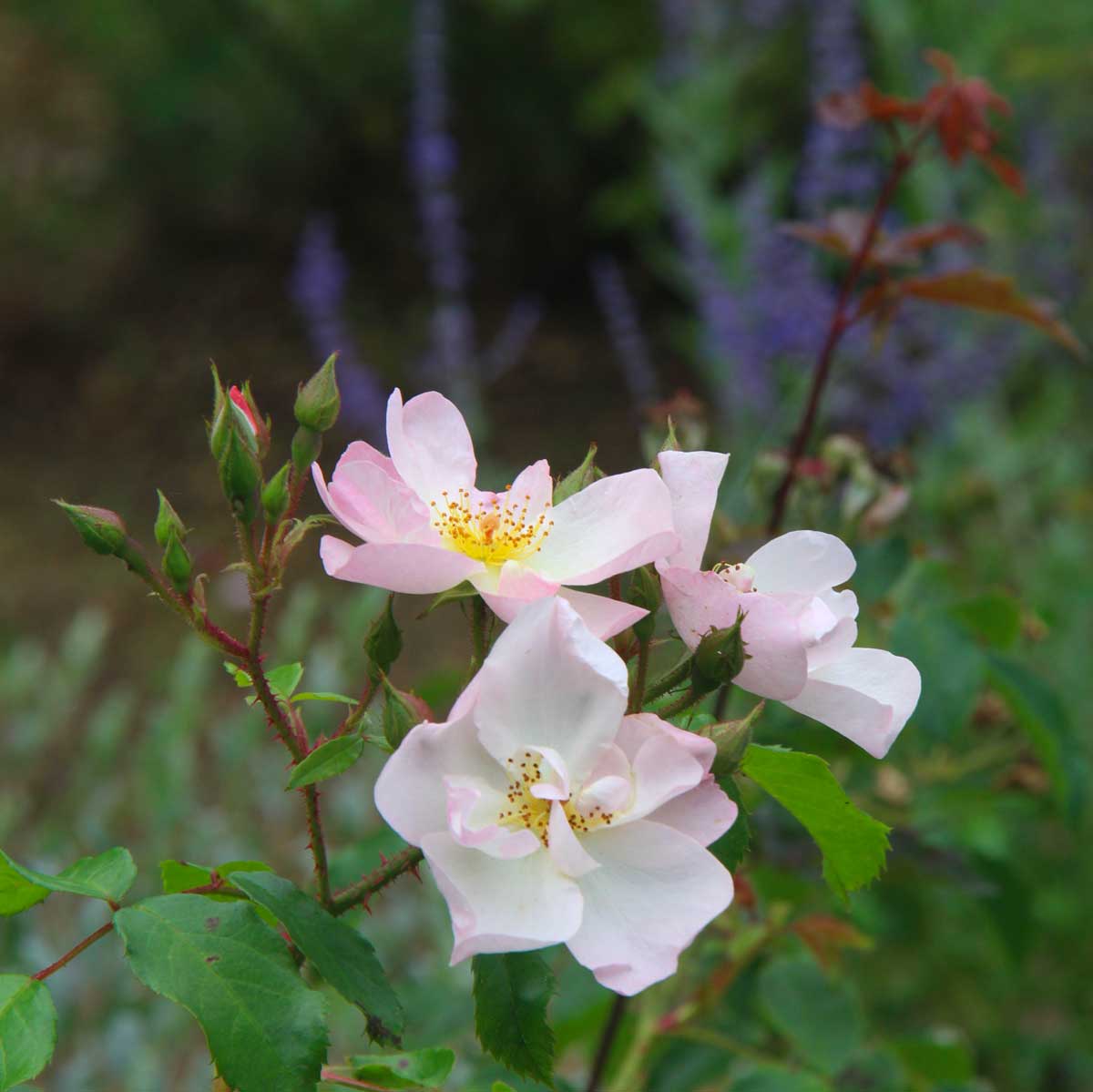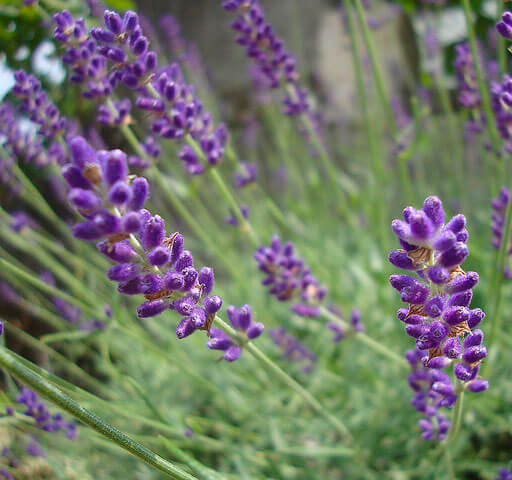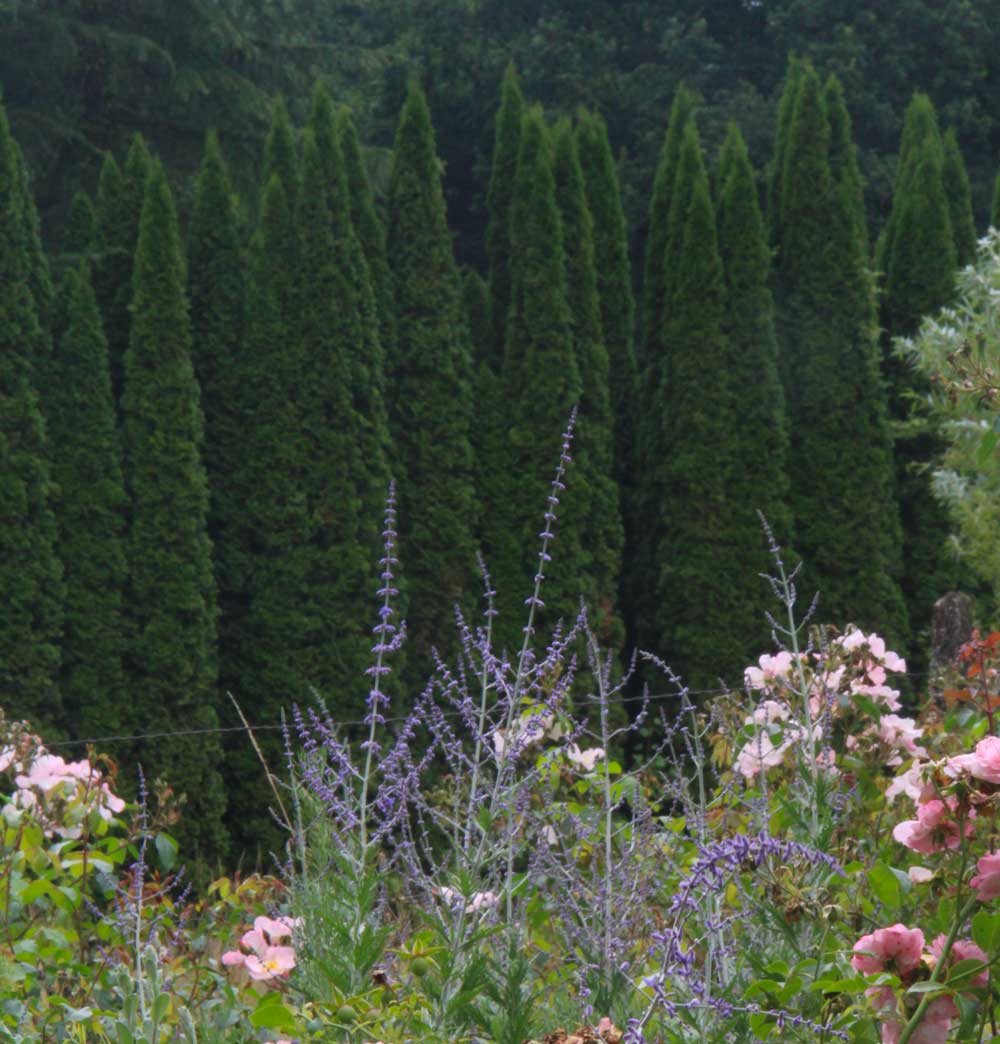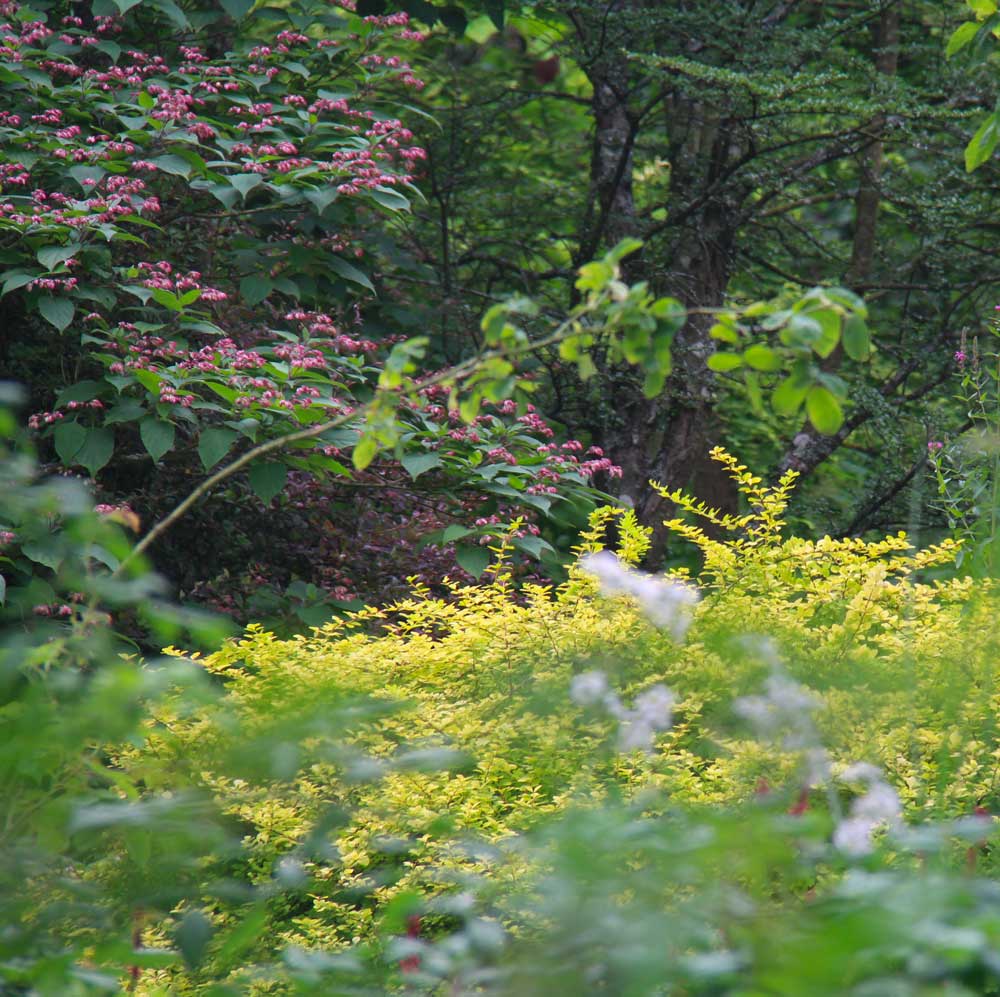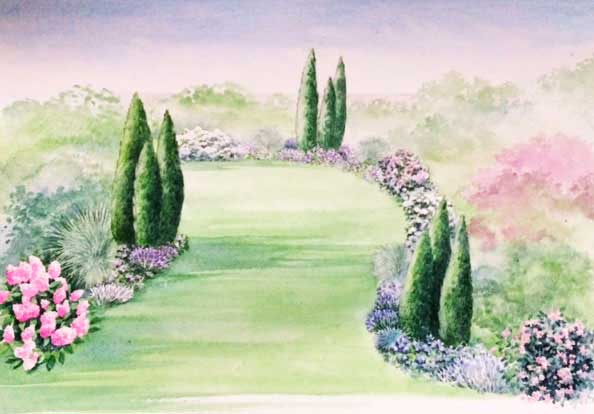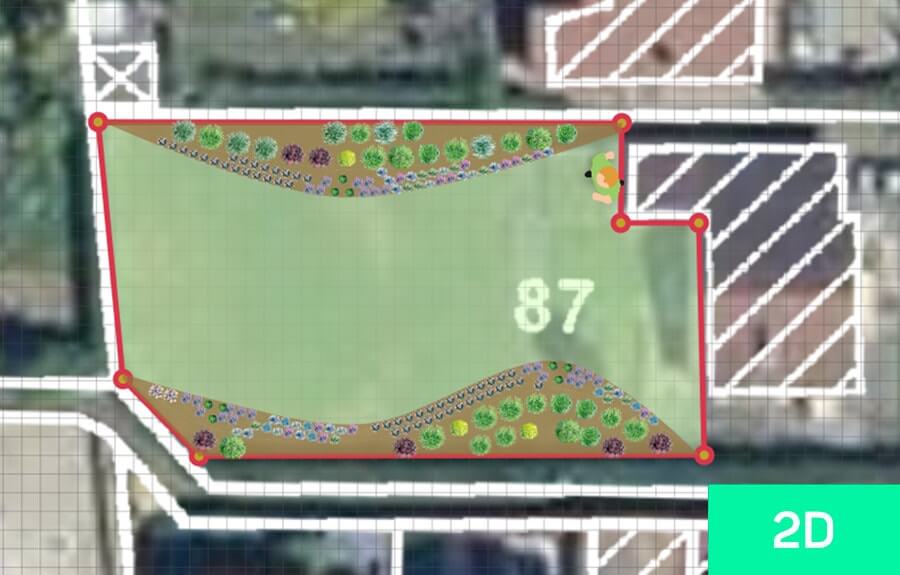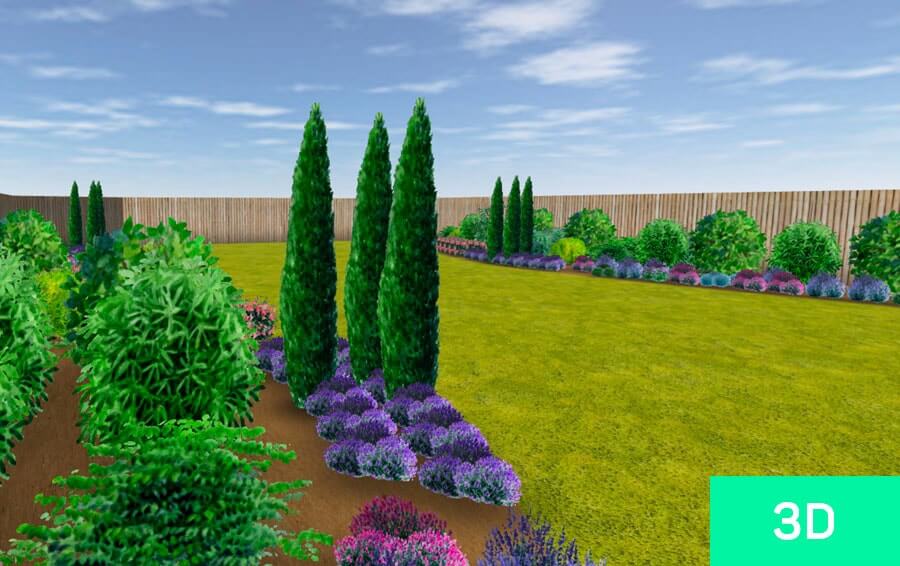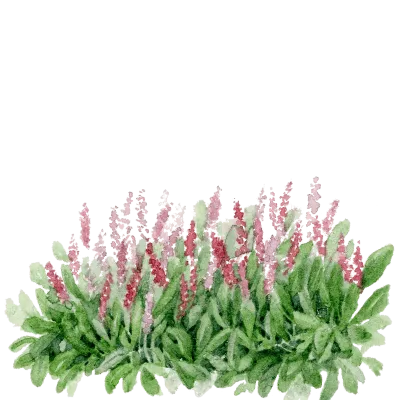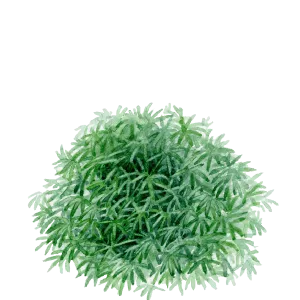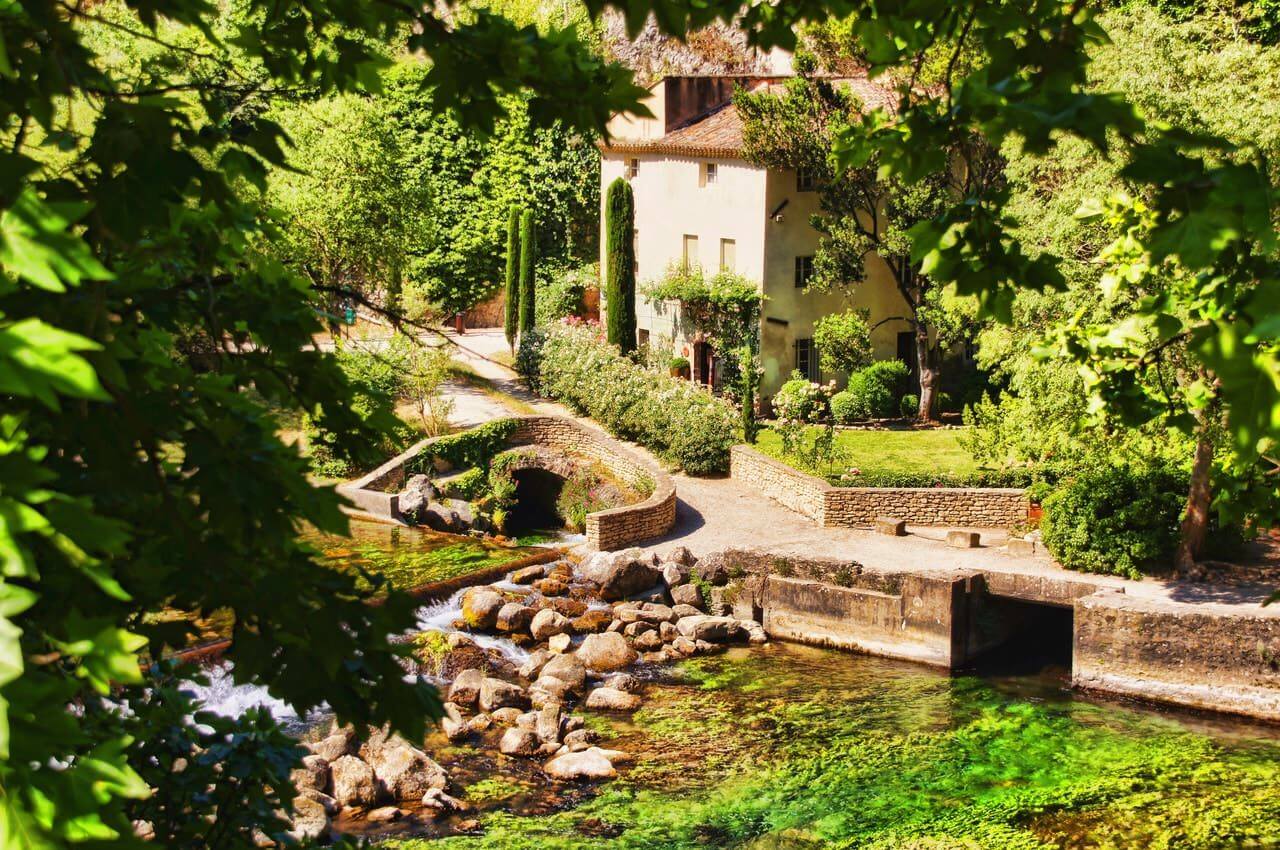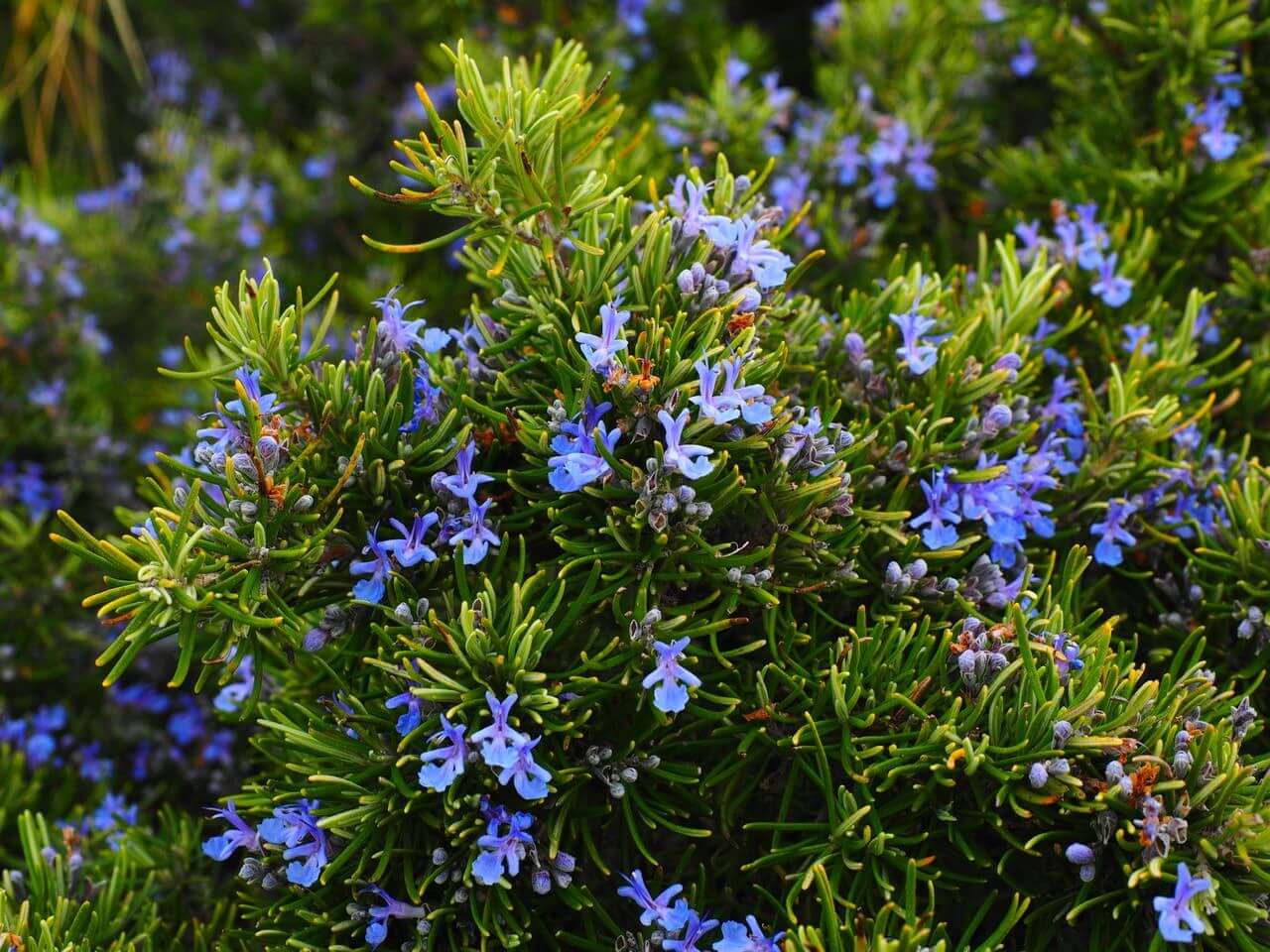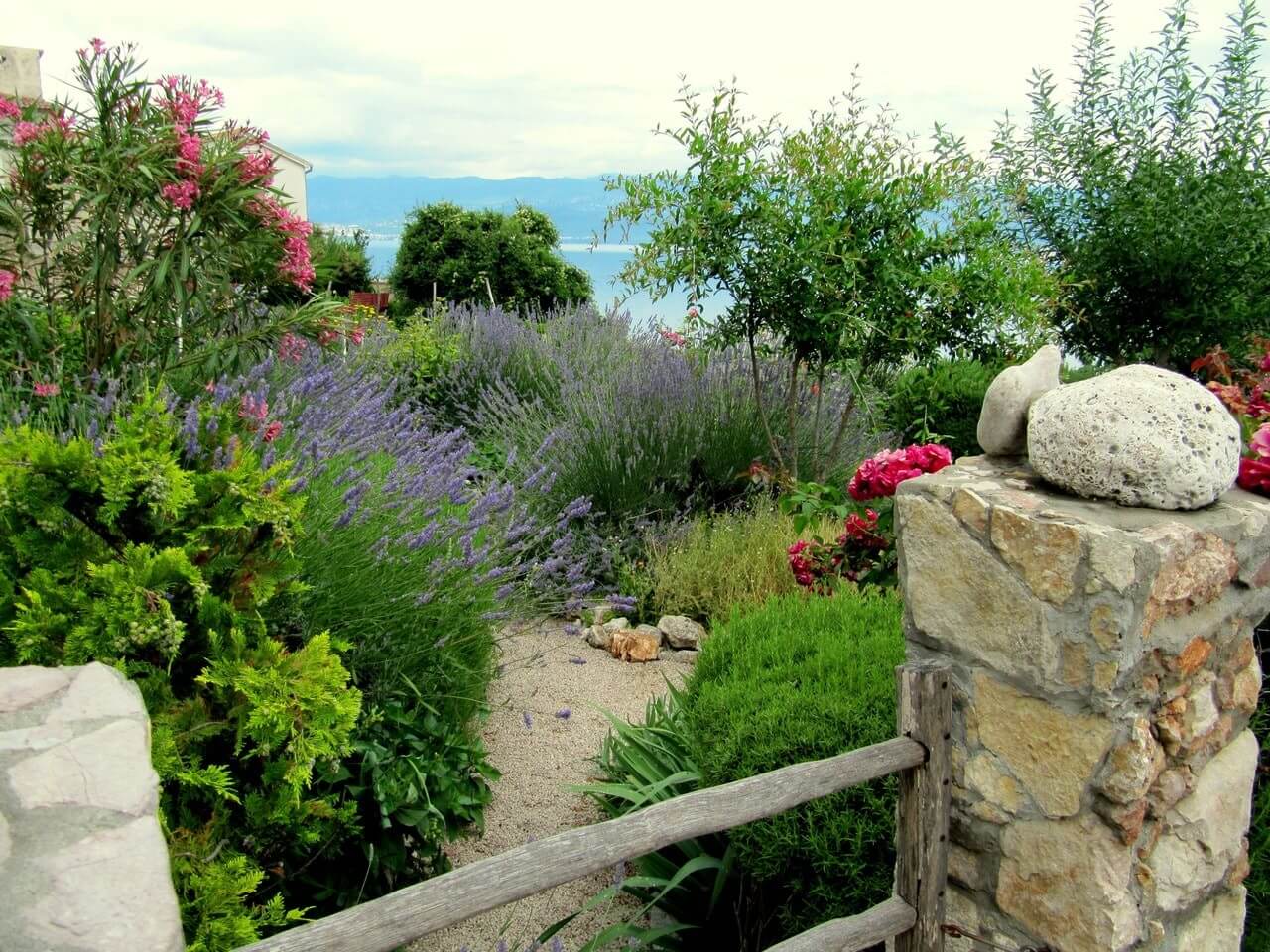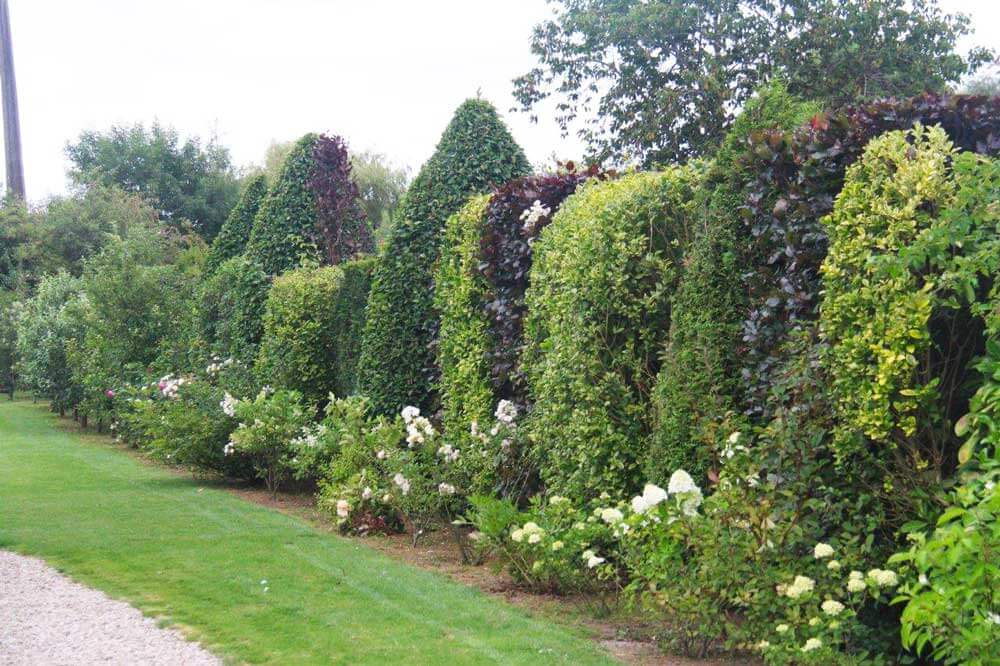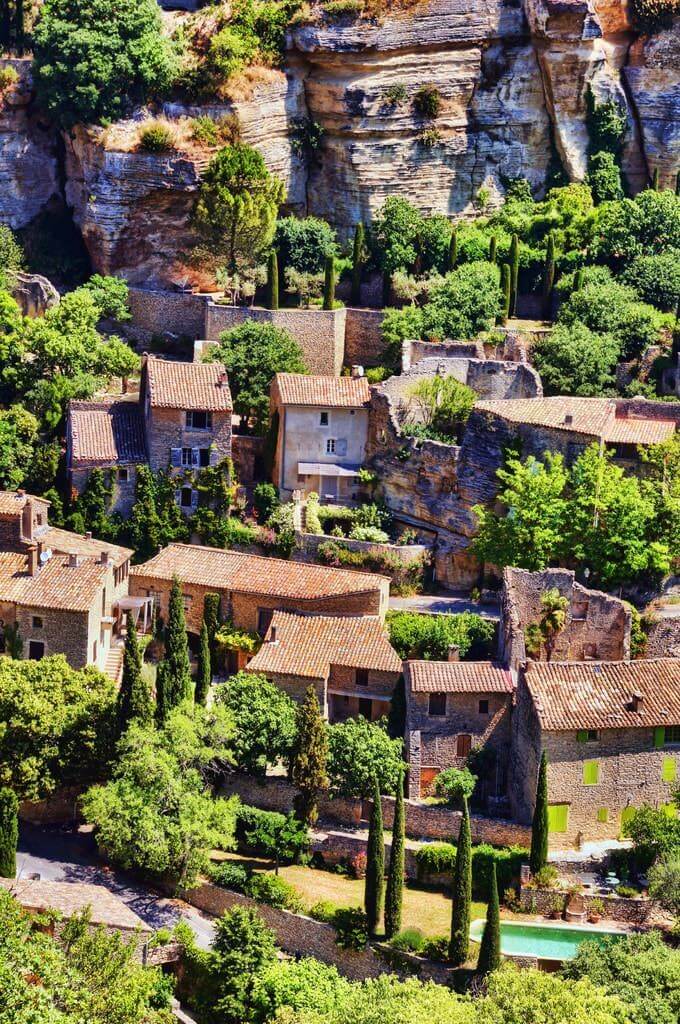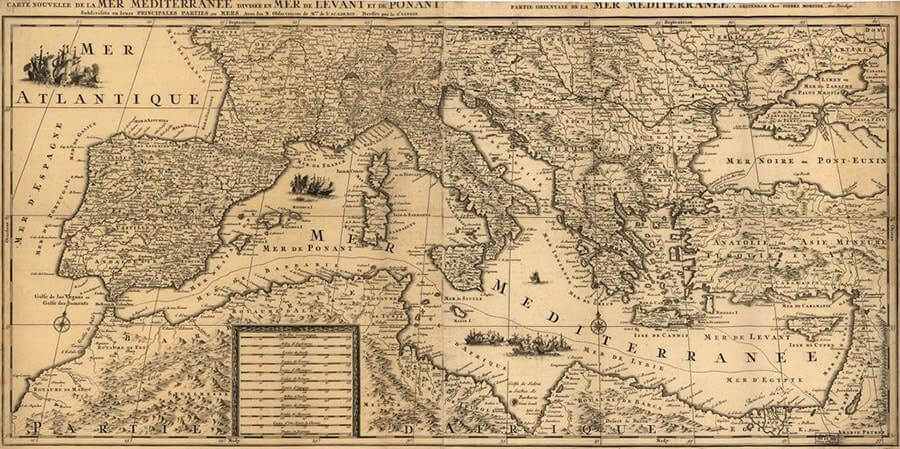
Image: Map of the Mediterranean Sea, 1680.
Source: Library of Congress.
The Mediterranean basin, one of the most important regions in the history of the world, is the starting point of several great civilizations. The shock of three continents has produced a mosaic of landscapes that places mountains and deserts side by side, with many islands. Weather conditions in the Mediterranean are often extreme and marked by greater variability than in other areas and sometimes during the same day. The Mediterranean garden, composed of vegetation resistant to difficult climatic conditions, will help man to protect himself from this changing and characteristic nature. The evergreen hedges and groves will serve as windbreaks. Large deciduous trees or vines or wisterias will offer their shade at home in summer while letting the sun in winter. Climbing plants and vines will insulate the thick walls of the buildings. By sharing these fruits and aromatic herbs, it is also a nourishing garden, as an extension of the agricultural and market gardening lands that divide the landscape. The Mediterranean garden is therefore not simply a pleasure garden, everything in its composition contributes to an economic and clever management of natural forces for maximum protection, profit and pleasure. It is this characteristic that distinguishes it mainly from French or English style gardens, which are essentially floral and decorative.


